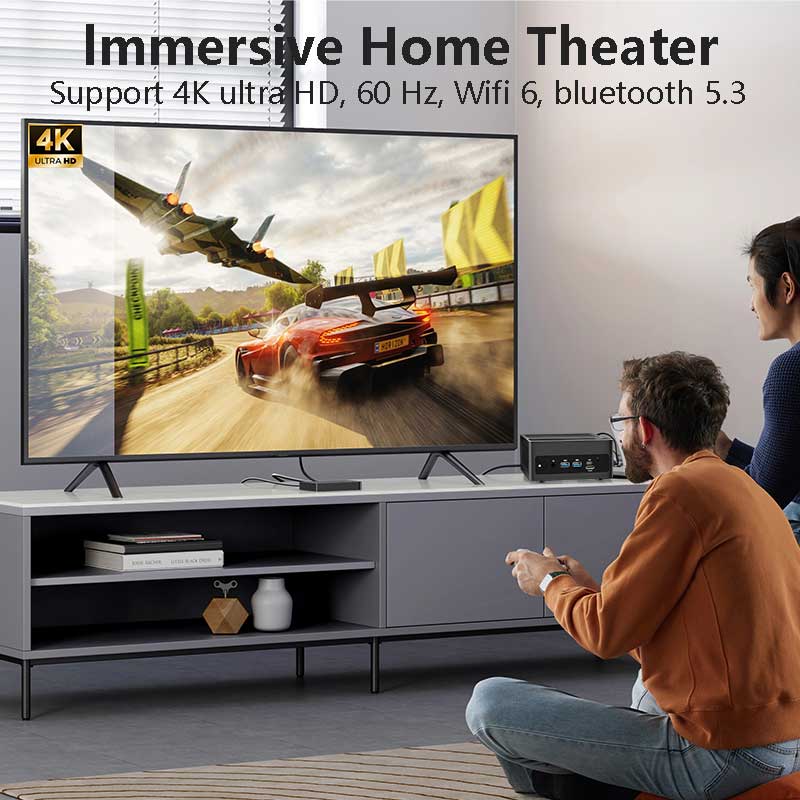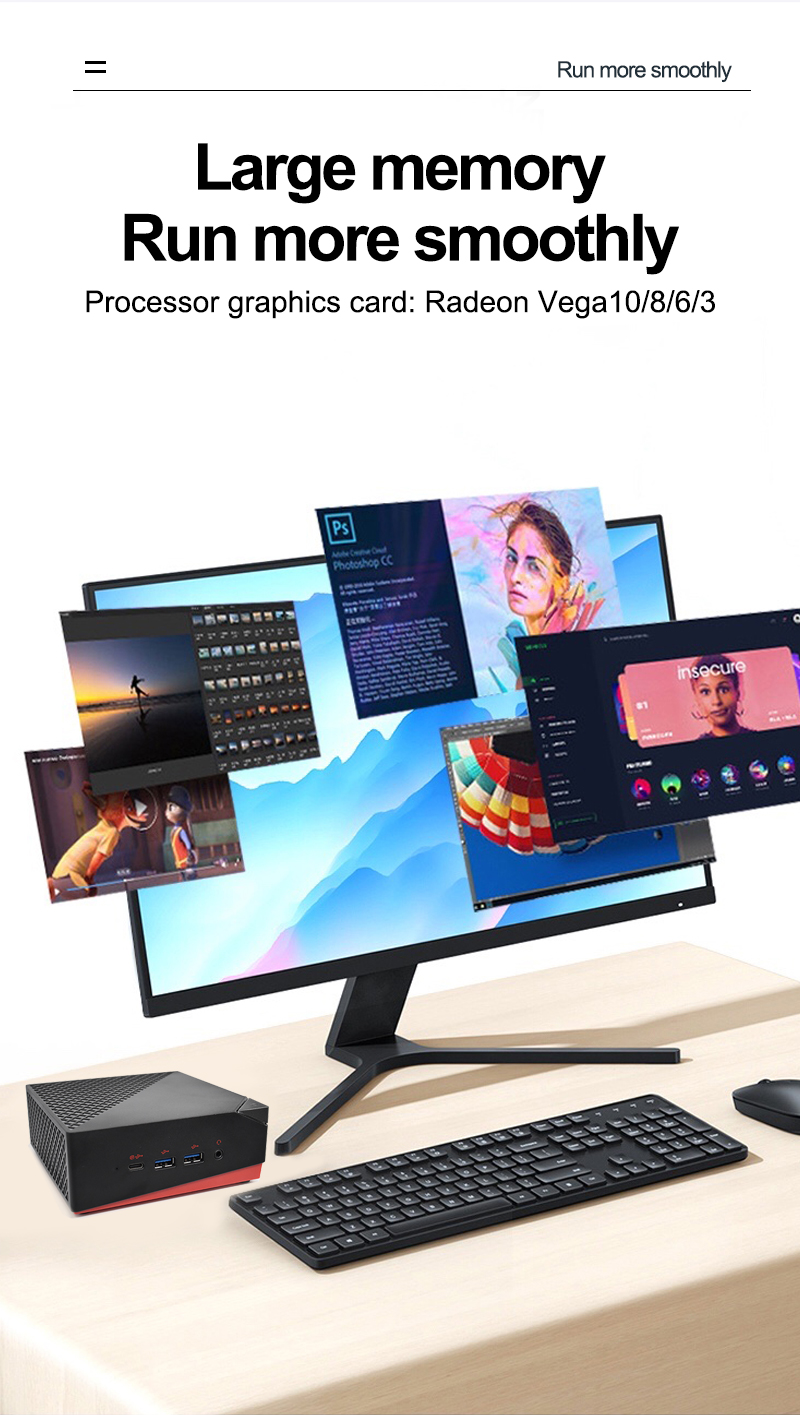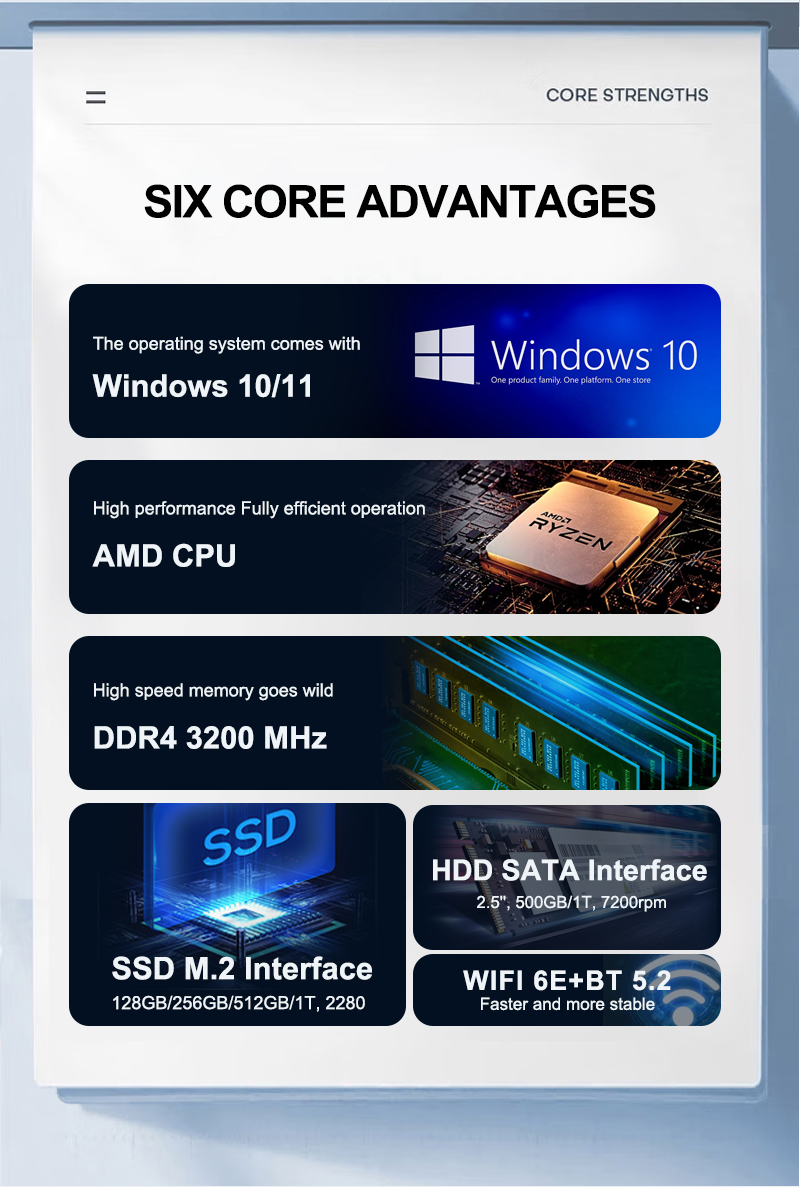- Select Language
One Device, Dual Functions – A Projector and a Com...
The T80 handheld PDA combines advanced barcode sca...
If you're planning to upgrade your home theater in 2025, a DLP projector might be the ideal choice. DLP technology has advanced rapidly in recent years, offering superior image quality, more compact designs, and competitive pricing. This article explains how DLP projectors work, their advantages, common use cases, and the latest market trends.

1. What is a DLP Projector?
DLP stands for Digital Light Processing, a projection technology developed by Texas Instruments (TI). Unlike LCD projectors, which use a panel to filter light, DLP projectors use a digital micromirror device (DMD)—a tiny chip with millions of micromirrors—to reflect light and create an image.
This technology is widely used in home entertainment, business, education, and even digital cinema for its crisp image reproduction and smooth video performance.
2. How Do DLP Projectors Work?
Here's the simplified process:
Light Source – Modern DLP projectors use a lamp, LED, or laser as their light source. DMD Chip – Light strikes the DMD chip, which contains thousands to millions of micromirrors that can be tilted toward or away from the projection lens.
Color Wheel/LED-Laser Modulation – For color images, the projector uses a rotating color wheel or synchronized LEDs/lasers to sequentially superimpose red, green, and blue colors.
Projection Lens – The processed light passes through the lens, projecting the image onto the screen.
This system supports extremely fast switching speeds, producing crisp, flicker-free images even in fast-moving scenes.
3. Advantages of DLP Projectors
Sharper Images – DLP's micromirrors produce crisp edges and high contrast.
Smooth Motion – Thanks to high refresh rates and low motion blur, it's ideal for gaming and sporting events.
Small and Lightweight – Many portable and pico projectors use DLP technology.
Long-Lasting Durability – Fewer parts to degrade over time than LCD projectors, resulting in less maintenance.
Superior Color Accuracy – Equipped with advanced color wheels or RGB LED/laser technology, colors are vibrant and balanced. Sealed optics – Helps protect against dust and maintain image quality for years.

4. Common Applications
Applications
Why DLP projectors are so great
Home Theater: Smooth 4K playback, deep blacks, and cinematic color.
Gaming: Low input lag and high frame rates for an immersive gaming experience.
Business: Crisp text and graphics for meetings and presentations.
Education: Reliable and dust-resistant for classrooms.
Portable projectors: Compact design for mobile presentations or outdoor movies.
Cinema: Many commercial theaters use high-end DLP systems to project movies.
5. Market Trends in 2025
By 2025, the DLP projector market will be smaller, brighter, and smarter:
Laser light source – More affordable, brighter, and longer-lasting.
True 4K DLP chip – Enhances native resolution, not just pixel shifting.
Ultra-Short Throw (UST) – The demand for living room projection is growing, with screens 100 inches and larger projected from just inches away.
Smart OS Integration – Built-in Android TV or similar, with streaming apps.
Portable DLP – Battery-powered, pocket-sized projectors suitable for outdoor and travel use.
When purchasing a DLP projector, consider the following factors:
Brightness (ANSI lumens) – For home theater, 1,500-2,500 lumens is sufficient; for daylight environments, 3,000 lumens and above is ideal.
Resolution – At least Full HD (1080p); for optimal clarity, choose 4K.
Light Source – LED for portability, laser for brightness and longevity.
Throw Ratio – Choose ultra-short throw for small rooms or standard throw ratio for larger spaces.
Connectivity – Supports HDMI, USB, wireless projection, and Bluetooth audio.

Conclusion
DLP Projectors: In 2025, DLP projectors offer cinema-quality visuals, portability, and reliable performance in a variety of environments. Whether you're building a home theater, upgrading your office presentation equipment, or investing in educational technology, understanding DLP technology will ensure you're getting the best value for your needs.
With the popularity of laser, 4K resolution, and smart features, DLP projectors are more versatile and accessible than ever—now is a great time to invest in a DLP projector.